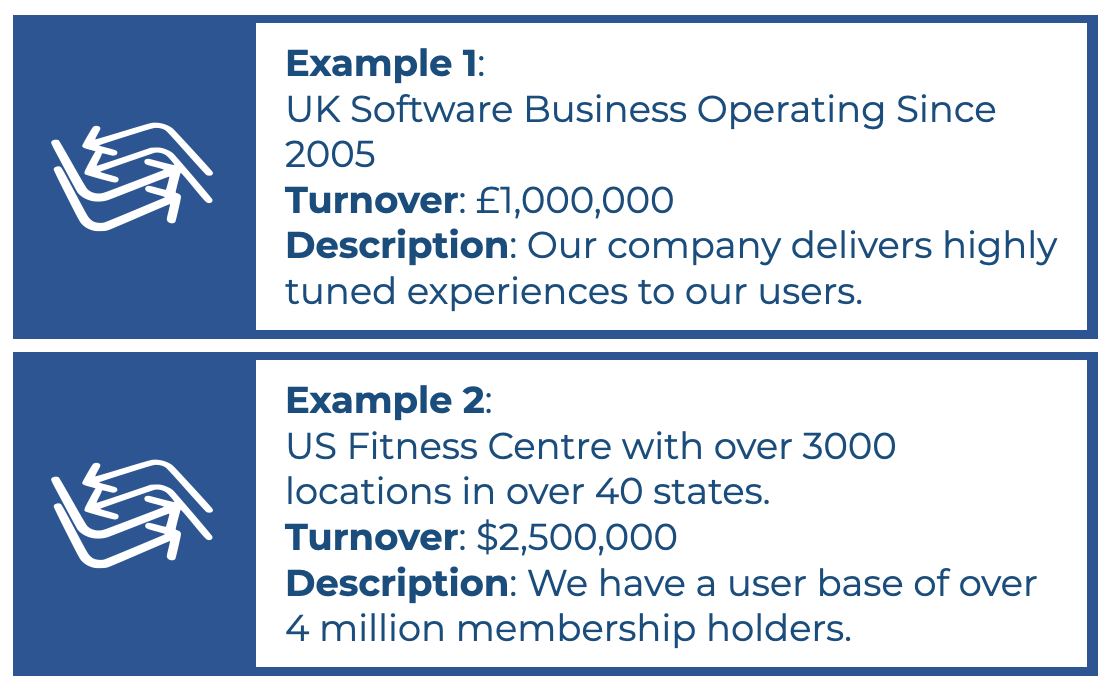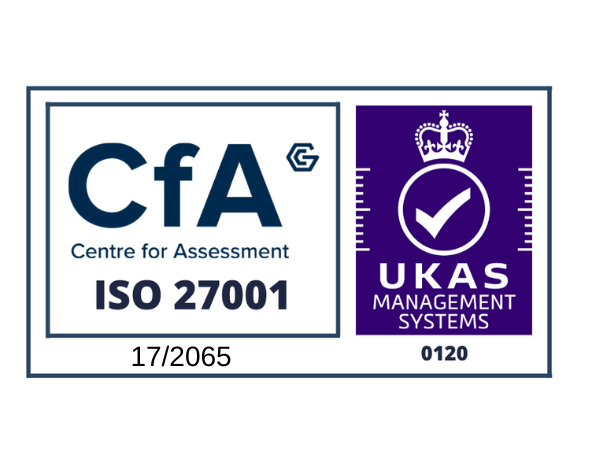Steps of the M&A process
The number of steps and processes in M&A (Mergers & Acquisitions) can be rather overwhelming. Luckily, with a little knowhow, it can be broken down into manageable pieces. Whether you’re just starting out in Real Estate, Corporate Finance – or are just curious, here’s a concise step-by-step guide that lists off the procedures that most M&A deals take:
0. Get the right advisors on board
Before you even begin the M&A process, picking the right firm to help you on your journey is crucial (especially if you are selling). An advisory firm will help you create documentation and navigate your way through the M&A process, M&A deals can be complex and involve legal, financial, and strategic considerations. The right advisors can help navigate these complexities and ensure that the deal is structured in a way that maximizes value for both parties. For the uninitiated, they can really help when it matters most during the important moments in your deal.
1. Create a shortlist / database of targets.
A list of potentially interested parties (either buyers or sellers) is put together. A strategy will also be put together for the deal – i.e. what purpose does the deal, whether it be a merger, acquisition or divestiture, need to serve?
For buyers: Business growth and/or expansion, access to new markets or simply beating the competition? Will it be a strategic or financial buyout?
For sellers: Who do we want to sell to – Venture Capital firms (VCs)? Angel Investors? When do we want to sell? How much capital do we need? What sort of multiple do we target? Who will want to acquire us or merge with us? Do we want to stay in the business, or leave? Do we want cash or is equity more appealing?
2. Send/receive a teaser & contact targets
A teaser (also known as an executive summary) is the document that a Seller will send to a Buyer, giving them a taste of what to expect. It’s usually anonymous, providing a general, overall insight into the business that is for sale. It attempts to provide enough intrigue and be compelling enough to generate interest in the company so that people will want to know more. An effective teaser will highlight the value proposition and growth potential of the company.

Alternatively, informal contact may be made with people who are either C-Level or board members of potentially interested companies (this is more likely to be the case if the seller already has existing relationships in certain sectors). An initial discussion takes place here at this stage to gauge interest from the previously shortlisted buyers/sellers. This first pitch is vitally important, as it will sum up the essence of the company that is for sale. This is where the buyer will or will not be convinced to get the ball rolling.

Top Tip: The teaser will be slightly vague as to not give too much away before signing any confidentiality agreements.
3. Sign a confidentiality agreement.
If the Buyer/Seller is interested, an NDA or similar will be signed to ensure that both parties agree to keep details of the deal anonymous. It also states that the data must not be used against the interest of the deal (i.e. don’t share it) and that it must be deleted after use. Data leaks do happen occasionally, so an NDA is needed to at least cover both parties, just in case. The NDA must be signed before proceeding with important next steps such as the CIM or Due Diligence.
4. Send/review a confidential information memorandum (CIM).
A CIM or ‘deal book’ is the Seller’s bible and provides all the information (including company history, product descriptions, financials, customer info, and more) that the Buyer needs to determine whether or not to make an offer. It’s important that this information is factual and correct, as issues can arise that impact the deal if the info provided isn’t totally accurate.Creating the CIM takes a lot of effort on the sellers part (or their advisors!).Here’s a typical table of contents for CIM:
- Executive Summary
- Investment Thesis
- Overview of the Market
- Overview of the Target Company
- Products and Services
- Revenue Profile
- Employee Profile
- Customer Profile
- Financials – Historical and Projections
- Management Structure

5. Submit an IOI (Indication of Interest).
An IOI is a written offer that is submitted by the Buyer to indicate they’re interested in the company being sold. This may also include an offer within a specific valuation (price) range, as well as how the deal could be financed (Cash or Debts, etc.). It is around this point that a potential Buyer is normally decided upon. The IOI is not quite a formal agreement, but shows that the deal is seriously under consideration.
6. Hold management meetings / calls.
Both the Buyer and Seller will then meet and discuss the compatibility of the two parties involved. The Seller will also present the current status of the company (KPIs, metrics, revenue, financial statements) and give an indication of expected future performance. It can also be a good time to assess whether or not the parties will be a good cultural fit. This will help to give the buyer an understanding on the health of the business and it’s future outcomes. These meetings may also include price negotiations as well. With the COVID-19 pandemic affecting how deals take place, Zoom calls became the de facto way to handle deals. Despite some fretting, the first quarter of 2021 saw M&A deals via Zoom flourish. To make the most of these meetings, a clear agenda and focus on key strategic issues is vital.

7. Submission of a LOI (Letter of intent).
After reviewing the CIM and content of the management meetings, it’s at this point that a firm offer will be submitted from the buyer. The letter of intent is a formal written letter that will also describe how the deal will be financed based on the previous discussions, however it is non-binding. It’s slightly different to the IOI (lot’s of alphabet soup – we know!), but again shows another level of genuine intent on the Buyer’s part. Here’s an example.
8. Conduct due diligence.
During due diligence, the Buyer will examine all the documentation and information that the Seller has provided, and affirm all the claims made by the Seller. This includes financial information, as well as legal documents and any assets, operations information. It’s basically a thorough check of all the information that has been provided. Many deals often take place in a Virtual Data Room, an online repository used to make handling deals a lot easier, as due diligence is often an exhaustive process. Everything needs to be looked at with a fine tooth comb, as missing even a small detail could have implications down the line that may affect the deal. An infamous example is Autonomy’s deal with HP who were accused of over-inflating the value of their company prior to takeover. It’s often why due diligence is so vitally important and can take a long time, with it occasionally bring to light unexpected items. See also:
- The Data Room in IP due diligence
- How to share Excel files securely for Due Diligence
- Due Diligence Checklist

9. Creation of a Sales & Purchase agreement (SPA).
The Buyer and Seller then finalise and set a deal in stone with a legally binding sale/purchase contract. This is the real McCoy – the agreement confirms the terms and conditions of the sale, and is the final word on negotiations from both the buyer and seller. Purchase agreement example.
10. Close the deal!
Lots of paperwork gets signed, money gets transferred and a company changes hands! This draws to a close the main section of the M&A (Mergers & Acquisitions) process. Don’t celebrate too much yet, as the real work is just beginning…
11. Tidy up any Post-Merger Integrations (PMI).
Closing isn’t the end of the line. After the deal is closed, the business(es) still need to either be integrated into the Buyers’ company, or kept as a standalone company. Post-Deal Integration is key to making sure the deal lives up to it’s expected value. Any other financial adjustments are also made at this stage too. This process can take an indefinite amount of time. Nearly a quarter of deals fall through to issues in the PMI phase. Myths such as “the faster, the better” help contribute towards an untidy process which can often result in disaster. There are many reasons why deals fall through, so it’s important not to lose focus during this final and key part of your deal.
Roundup of the M&A process
Post-deal integration problems can be a thorn in the side of many deals as it can cause it to fail or diminish its value. This process is becoming more and more important to dealmakers! Overall, you can see how the M&A process twists and turns to ultimately reach its conclusion. It will often be a slow, drawn out process, reaching a frantic climax as both parties aim to complete without a hitch. There are many formalities along the way, but once the deal is done, it’s up to the new owners to steer the ship of their new purchase.
Projectfusion provide Virtual Data Rooms for all types of deals, whether you’re a buyer or a seller. We make the whole process simple and secure, giving you a platform to get the deal done without issue. Get started now with a free trial!






